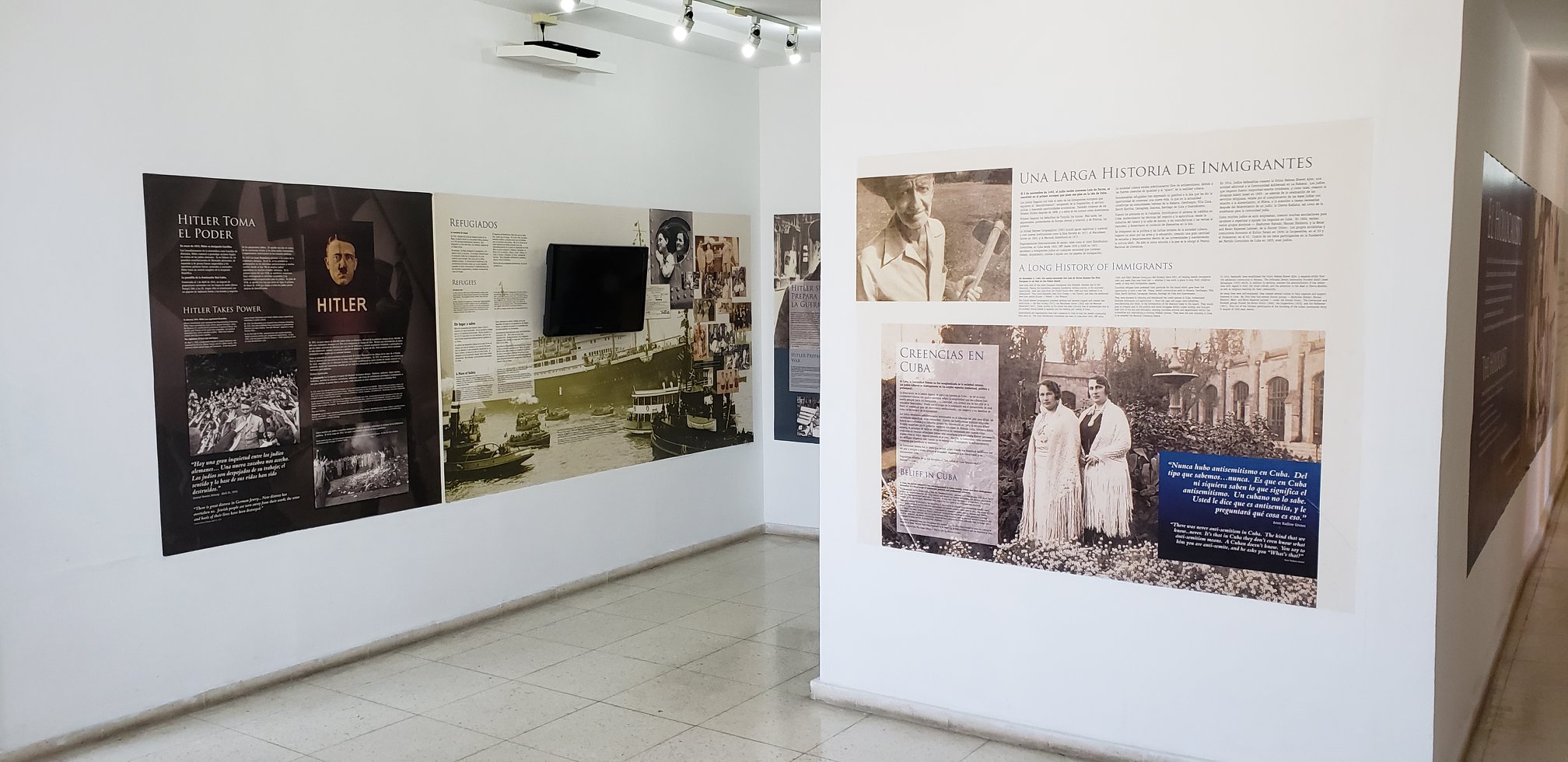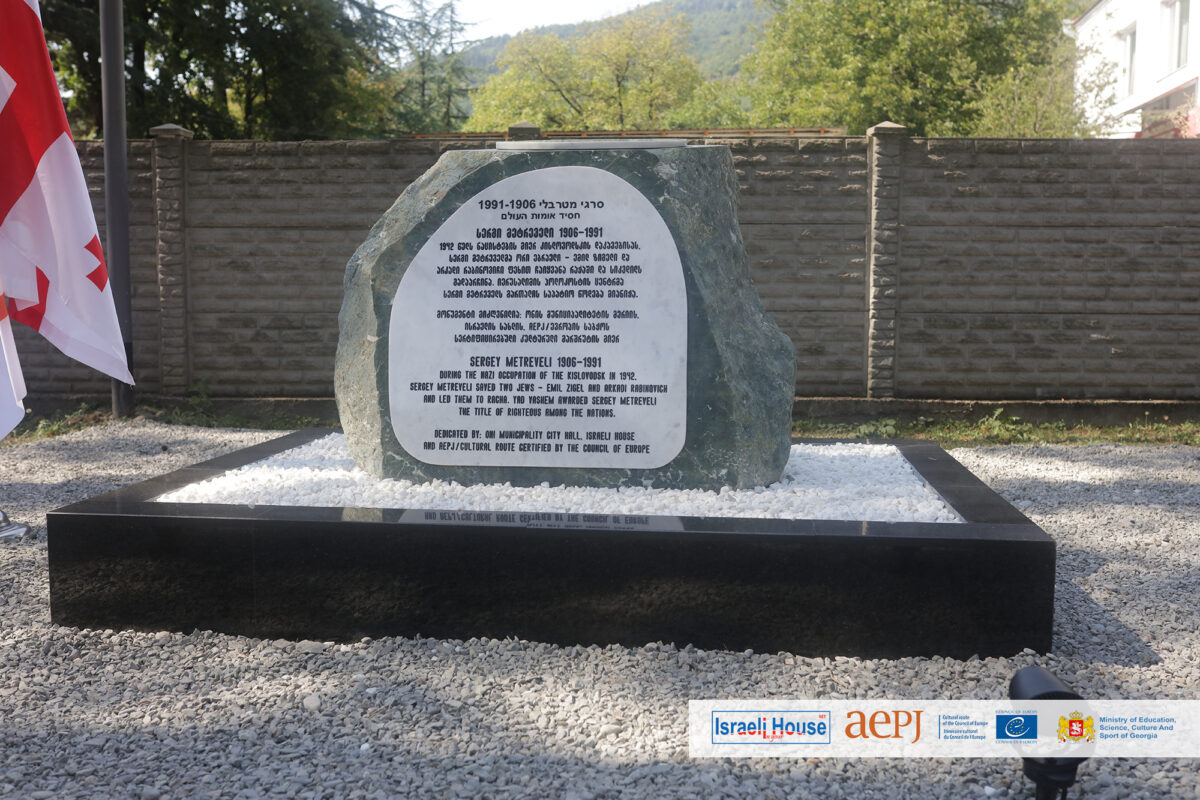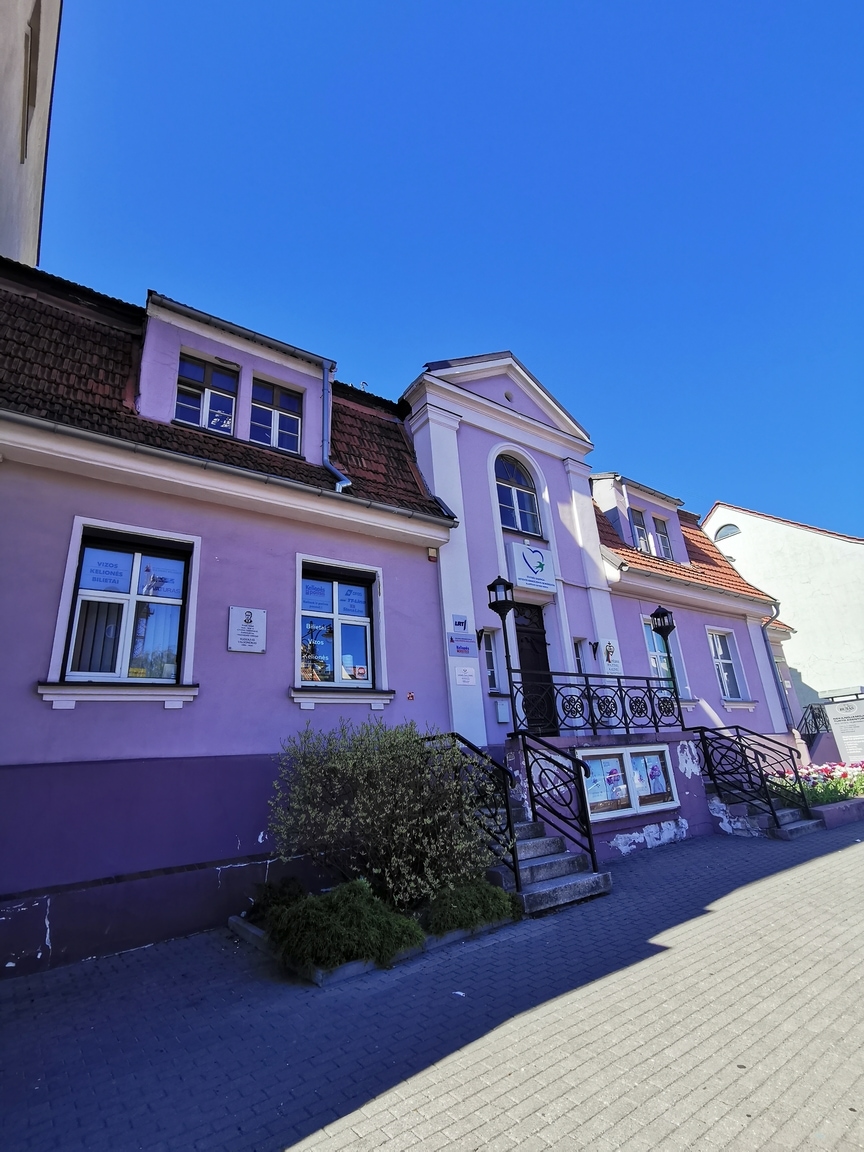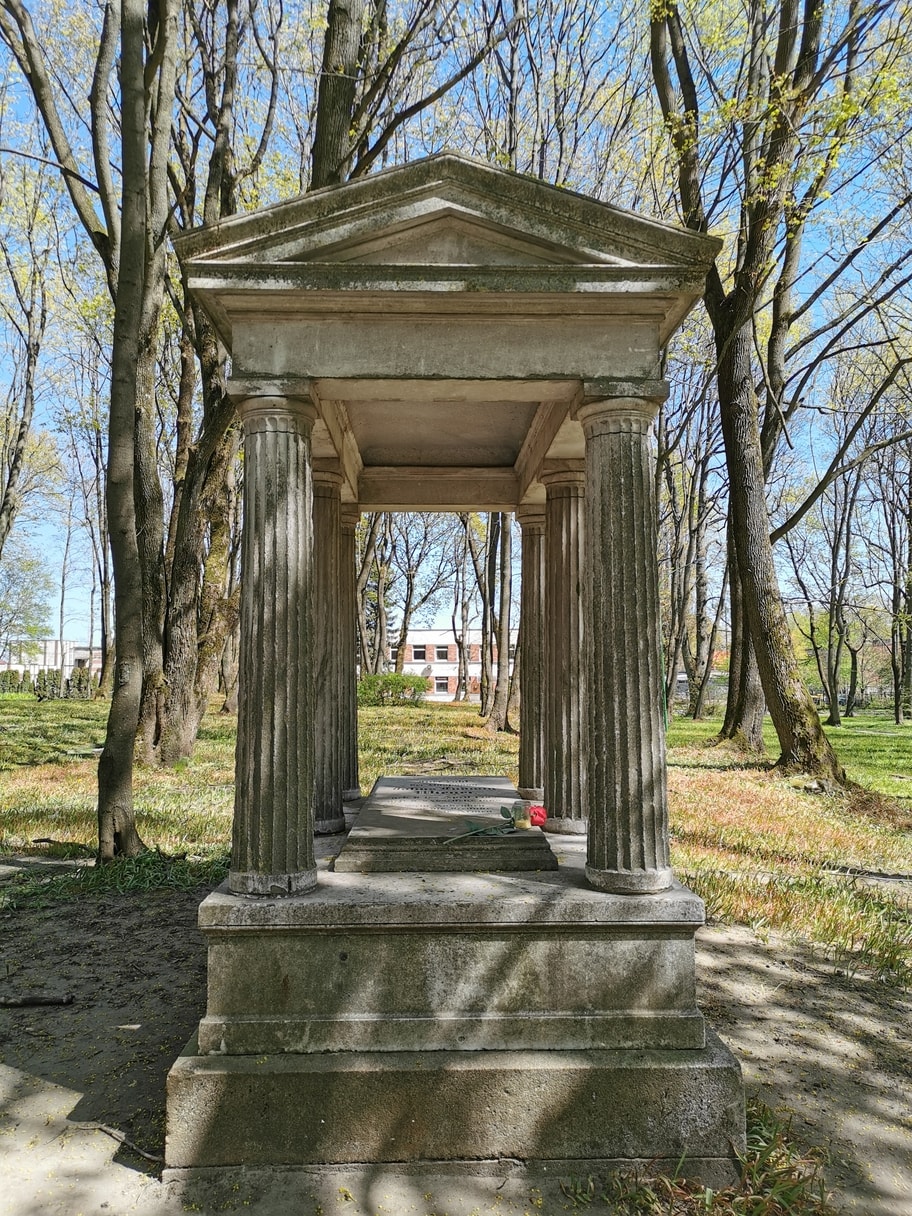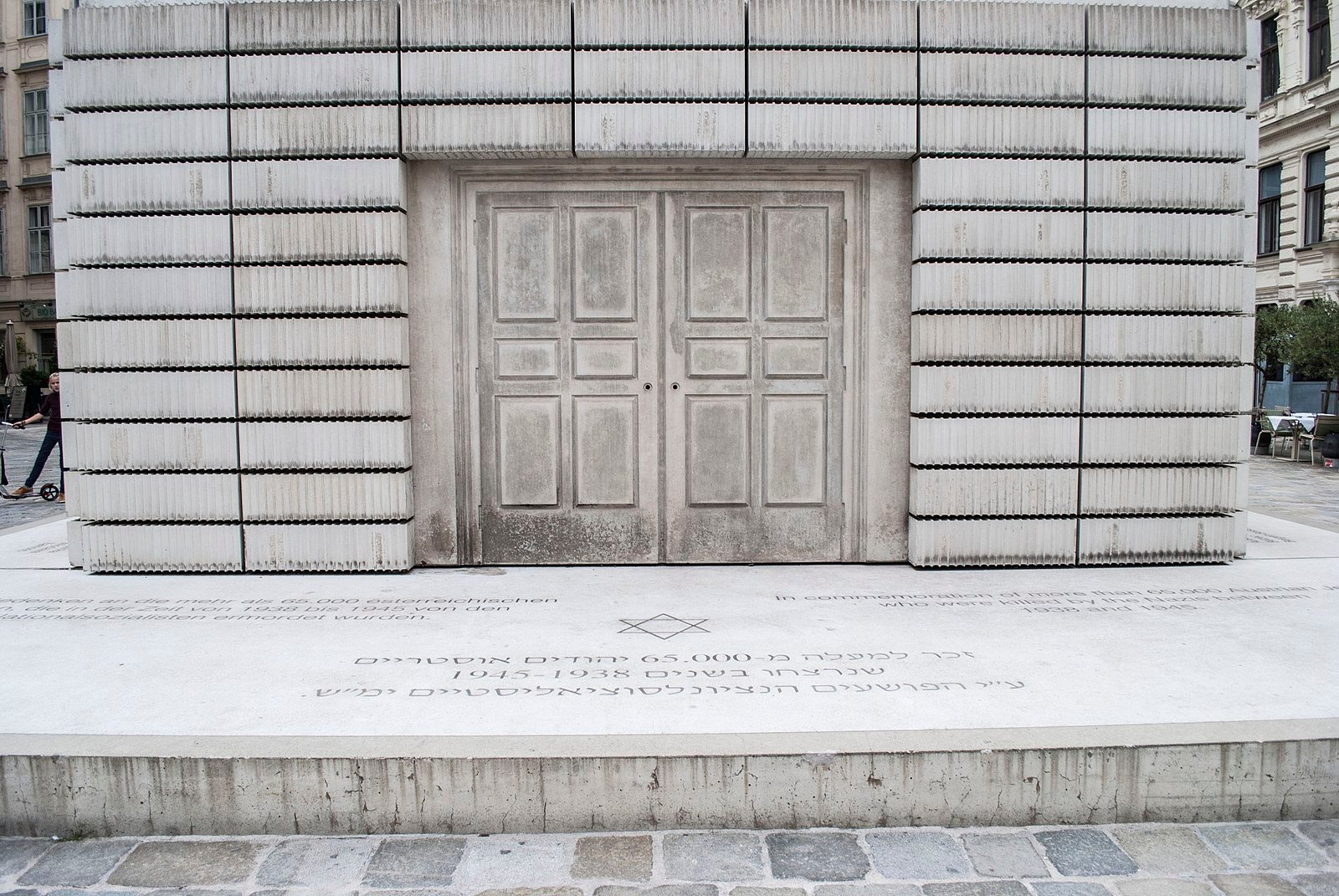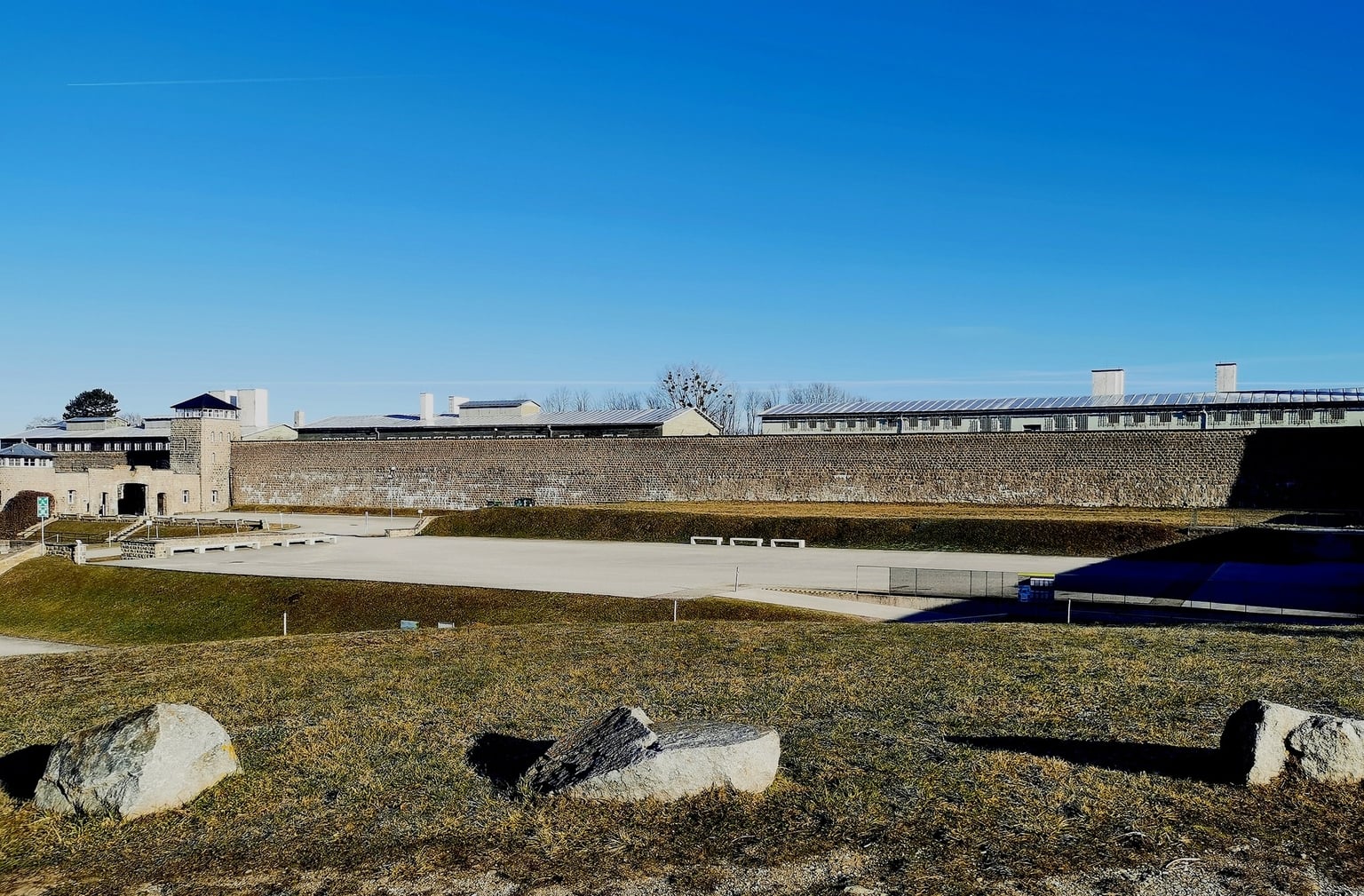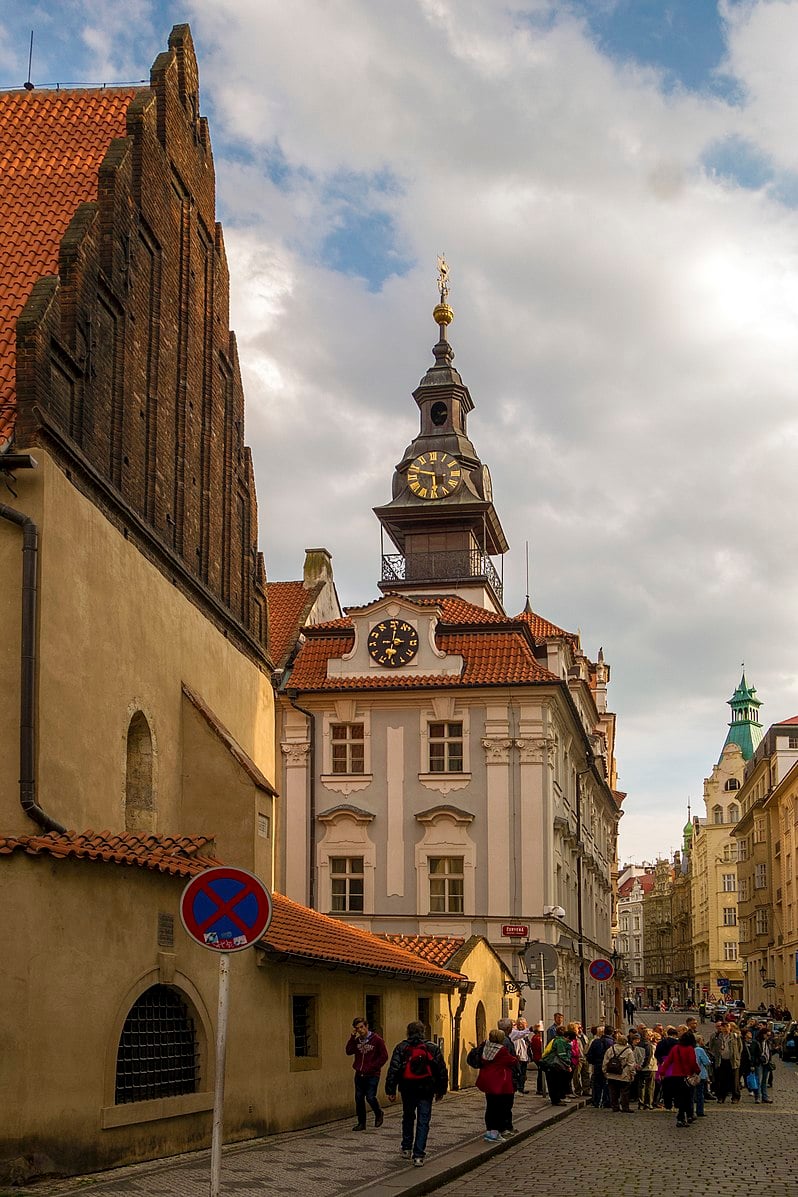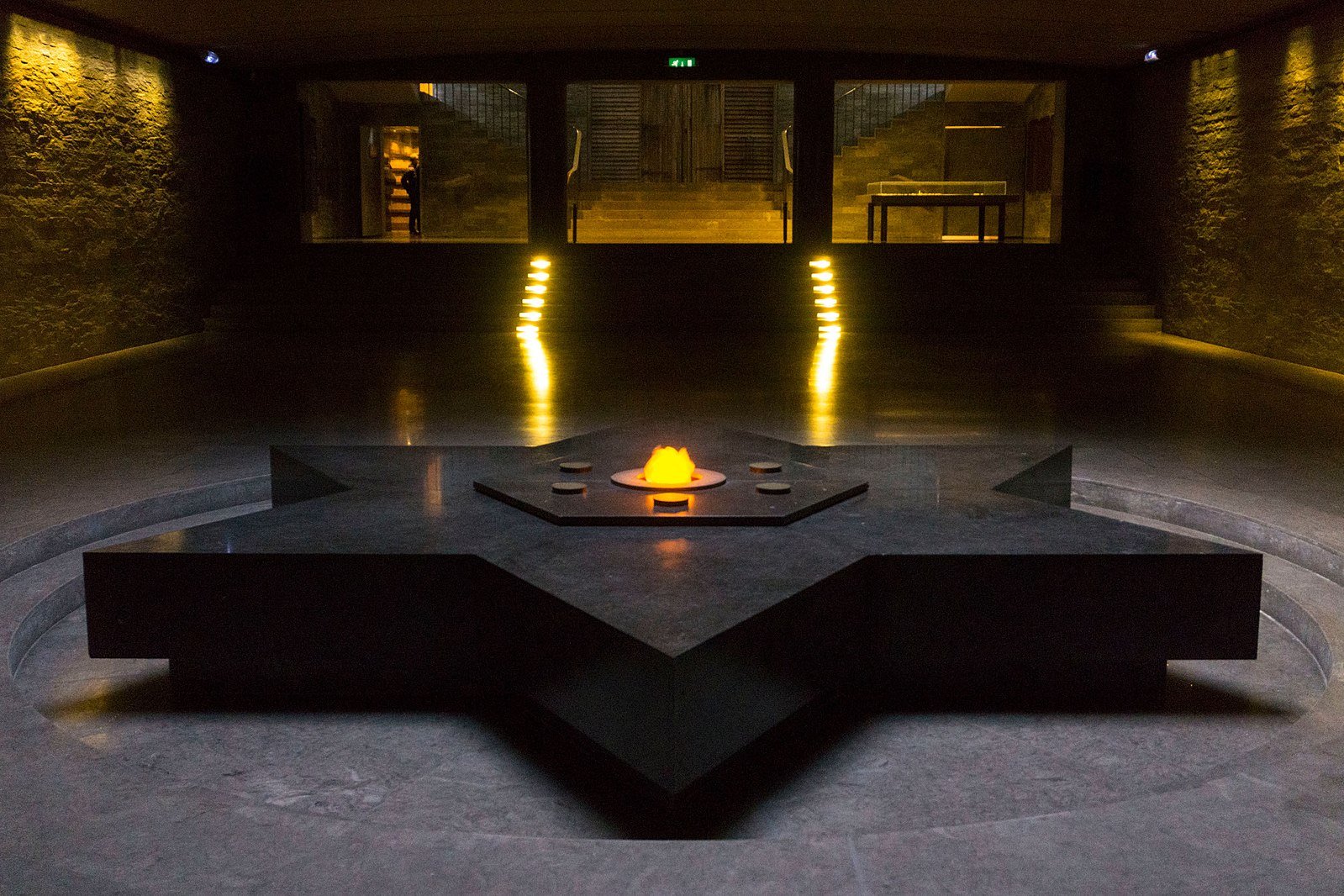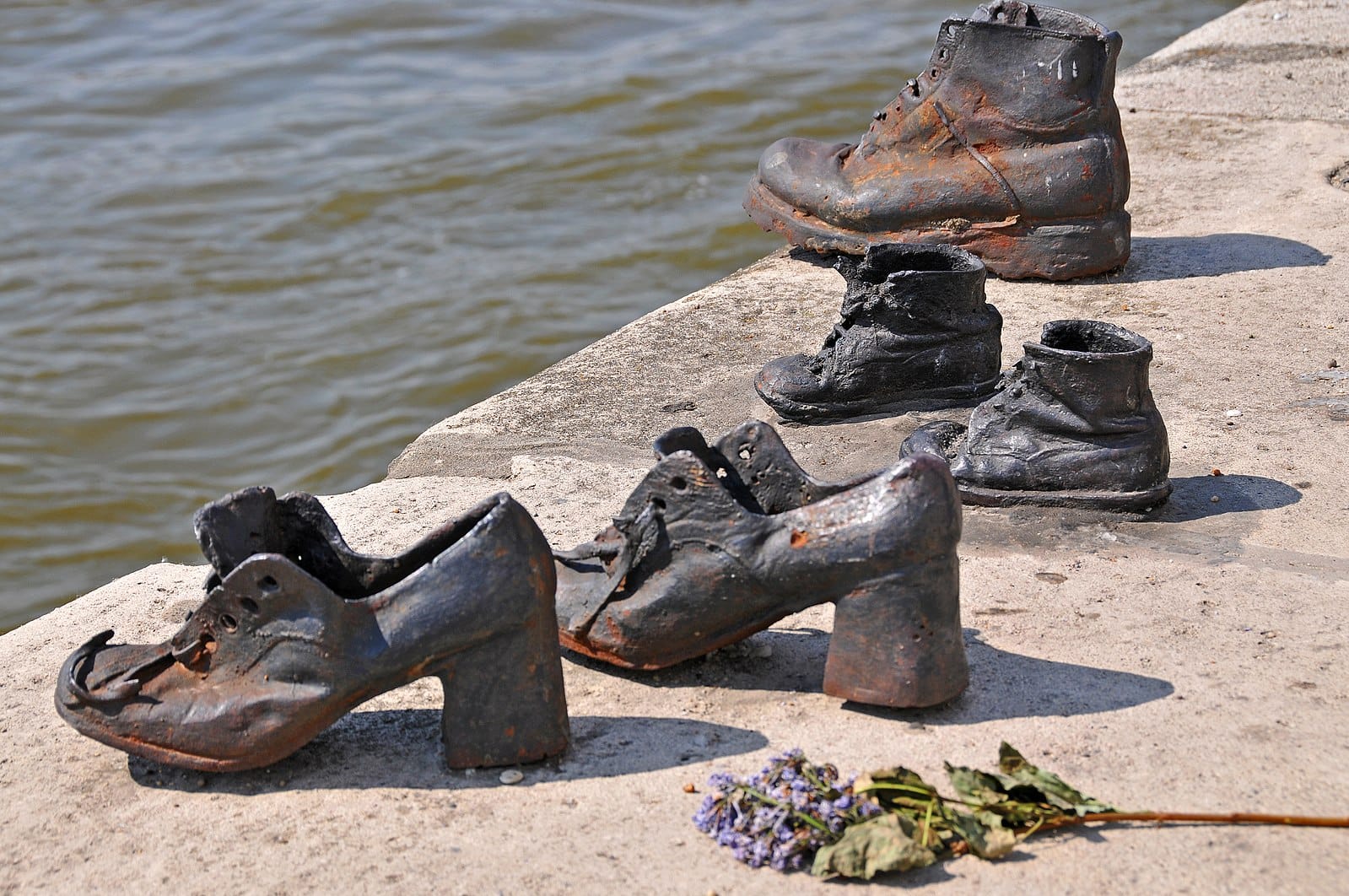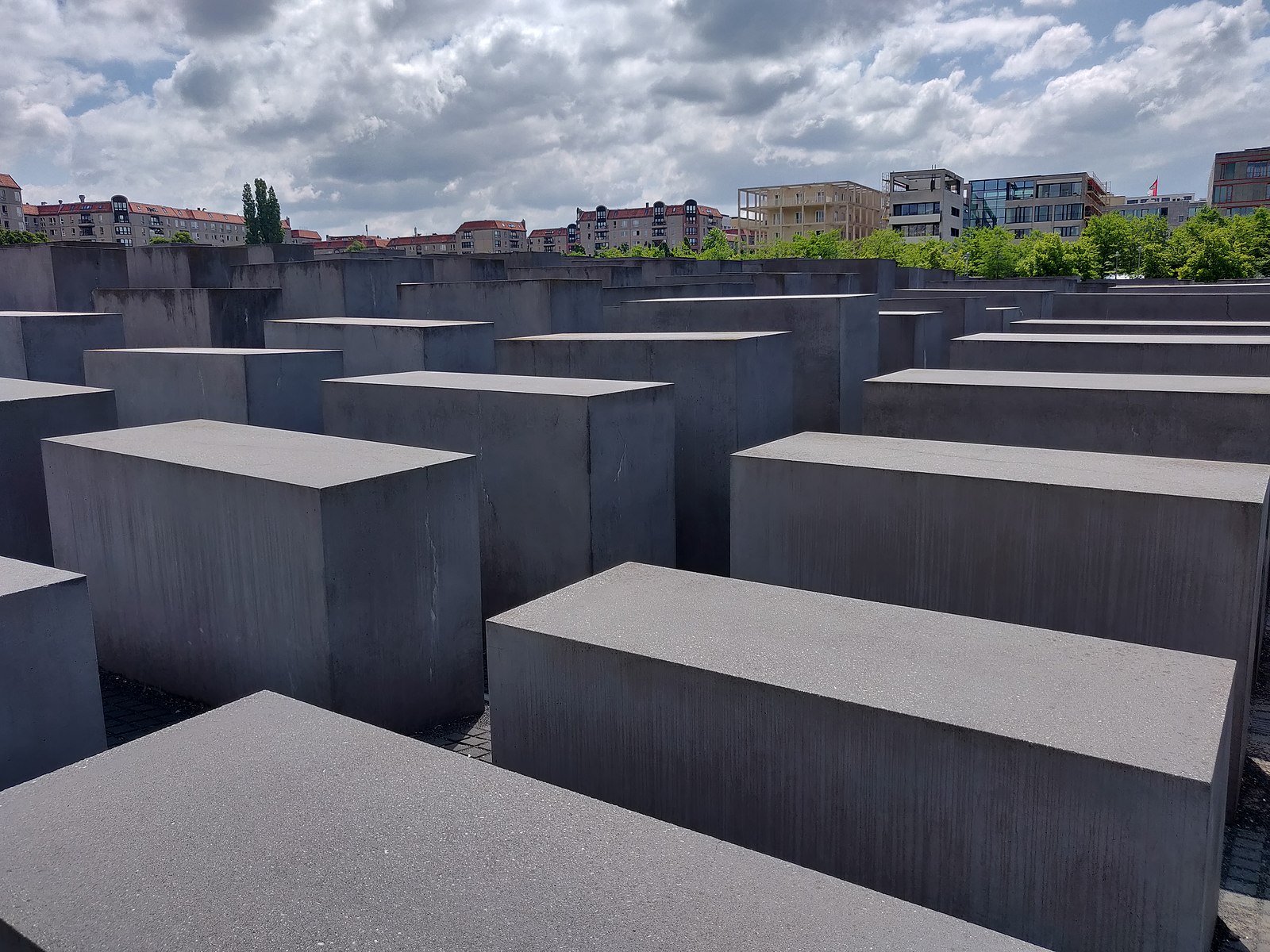Mémorial de la Shoah is the Holocaust museum in Paris, France. The memorial is in the 4th arrondissement of Paris, in the Marais district, which had a large Jewish population at the beginning of World War II. The memorial was opened, by President Jacques Chirac, on 27 January 2005. This day was chosen to coincide with International Holocaust Remembrance Day and the 60th anniversary of the liberation of Auschwitz concentration camp. The memorial underwent a major renovation in 2005, creating exhibition spaces, a multimedia center, and a reading room.
Wall of Names
Several walls that make a passageway to the building list the names of the approximately 76,000 French Jews who were deported and murdered by the Nazis. They are listed alphabetically by year of deportation.
The Crypt
The crypt predates the Mémorial de la Shoah; in 1957, the ashes of victims from the different death camps and the Warsaw Ghetto were buried in dirt from Israel. A door from the Beaune-la-Rolande internment camp in France faces the tomb.
The “Jewish Files”
The Jewish files are located in a small room near the crypt. They were created by the Vichy government to identify Jewish citizens, and were later used by the Nazis to locate Jews for deportation.
Exhibit Rooms
The memorial’s permanent exhibit documents the history of French Jews during the Holocaust. The materials on exhibit include photographs, text, and video and audio recordings.
The memorial also includes an auditorium, bookstore, multimedia learning center, documentation center, and the Room of Names (research room).
The Wall of the Righteous
Since 1963, the Museum Memorial of Yad Vashem (Jerusalem) has awarded the title “Righteous Among the Nations” to non-Jewish people who helped save Jews during the war. As of 2014, this wall lists 3,300 people, either French or acting in France, who have been awarded this title. The wall runs alongside of the memorial.
Image attribution:
BrnGrby, CC BY-SA 4.0 , via Wikimedia Commons
